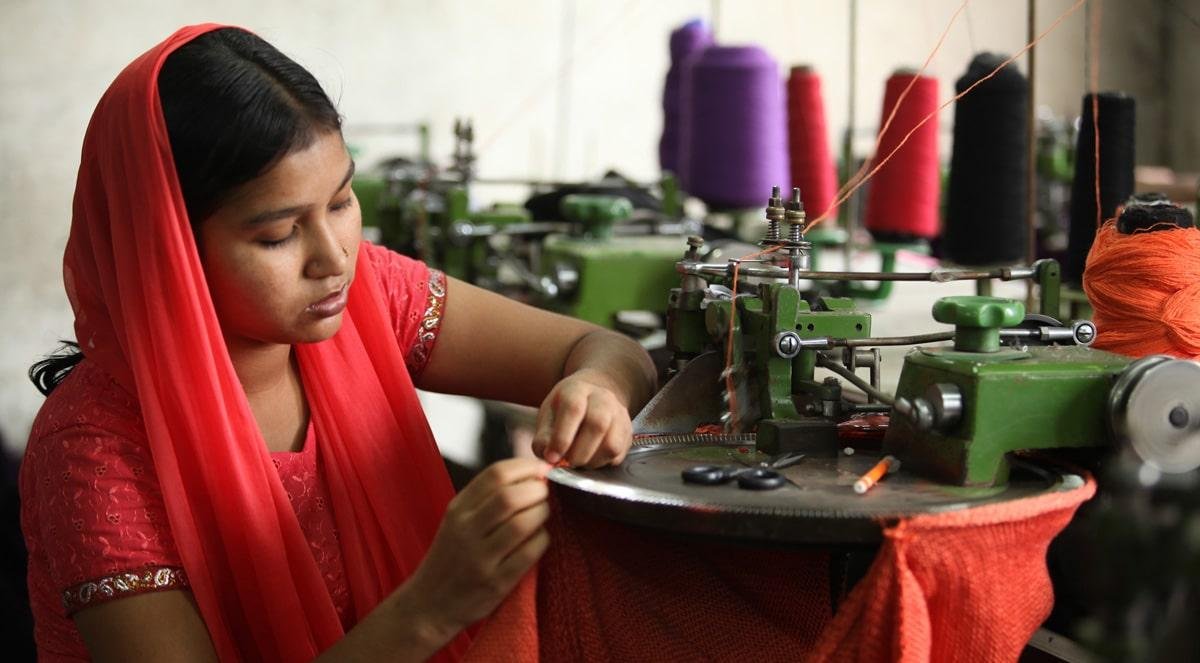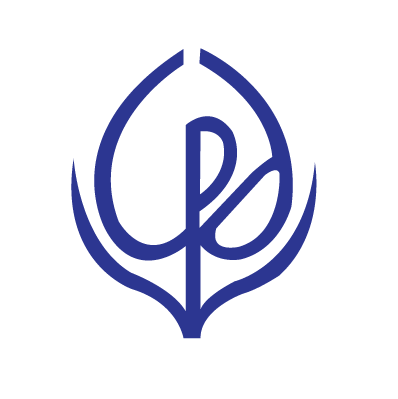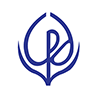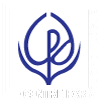Originally posted in WTO on 5 August 2025

Dr Fahmida Khatun is Executive Director at the Centre for Policy Dialogue of Bangladesh. She reflects on Bangladesh’s sustainable development prospects in an evolving trading landscape.
Bangladesh has experienced remarkable export-led growth and is set to graduate from LDC status in 2026. What’s behind this success?
Since the 1980s, Bangladesh has leveraged its labour-intensive strengths to become a global powerhouse in apparel, with exports of ready-made garments now contributing over US$ 36 billion to the economy. This represents 81 per cent of total exports and nearly 8 per cent of GDP.
And it’s empowering women too?
Over 57 per cent of Bangladesh’s 4.5 million ready-made garment workers are women, making the sector a vital driver of women’s economic empowerment and socio-economic transformation.
What are some of the main markets for Bangladeshi garment exports?
The European Union and the United States are the main export destinations. In 2024, around 40 per cent of Bangladeshi ready-made garment exports went to the European Union and another 18 per cent went to the United States.
What are some of the challenges for Bangladesh’s ready-made garment sector?
Bangladesh remains vulnerable to climate change, which threatens the long-term sustainability of its development progress.
Second, consumer patterns are shifting. Many buyers are looking for climate-friendly products.
Third, Bangladesh’s imminent graduation from LDC status requires bolstering its export competitiveness, including through compliance with labour and environmental standards, with a view to securing access to markets of its trading partners.
And let’s not forget automation: 60 per cent of ready-made garment jobs could disappear by 2040 if the sector does not evolve. This requires the adoption of advanced technologies for accountability, traceability and compliance with evolving international standards.
Is the industry responding to these challenges?
Over 200 factories are LEED-certified, the world’s most widely recognized green building rating system. This includes nine of the world’s top ten! Large factories are making big investments: on average, each firm spends US$ 710,000 over five years, or 37 per cent of their total capital expenditure, according to a survey conducted in 2022 involving 403 factories. Factories are investing in solar power, water meters, LED lighting and air filtration to name just a few expenditures. At the same time, smaller factories are struggling, held back by upfront costs and lack of access to finance.
Is reliance on ready-made garments a sufficient strategy for the future?
COVID-19 and geopolitical tensions have exposed the dangers of over-reliance on one export sector. The future demands diversification into areas such as light manufacturing. Jute, pharmaceuticals, plastics and home textiles are among the sectors with high export potential. Digital services also have an important role to play for the future of Bangladesh’s economy.
At the same time, the country’s low domestic revenue – representing around 8 per cent of GDP – constrains essential investments in the physical infrastructure and logistics required to support export diversification and climate adaptation and mitigation measures for economic sustainability.
So how can Bangladesh achieve a sustainable export future?
It involves three big tasks:
- Reform fragmented trade and industrial policies.
- Invest in green technology, training and infrastructure.
- Strategize to secure post-LDC market access and global competitiveness.
And who needs to act?
Everyone. In particular:
- Policymakers need to integrate fragmented policies and boost regulatory capacity.
- Industry leaders should embed green goals into business strategies and focus on circularity.
- Buyers and investors can support green suppliers by offering fair prices and co-fund training and emissions tracking in value chains.
- Development partners need to provide blended finance and de-risk SME green investments.



